Industry information
Company News
- Punched aluminum veneer: the fashionable choice for modern architecture?
- Unveiling Fluorocarbon Aluminum Veneer: The 'Chameleon' of Modern Architecture
- Hyperbolic Aluminum Veneer: The Beauty of Future Architecture, Have You Got It?
- Aluminum veneer: a light luxury choice for architectural aesthetics
- Aluminum veneer customization, creating a new trend of personalized space
Industry dynamics
- Application of aluminum veneer in low-carbon buildings
- Analyzing the Industry Chain of Aluminum Veneer
- Punched aluminum veneer: a unique landscape in modern architecture
- Fluorocarbon aluminum veneer, the new darling of modern architecture!
- Aluminum veneer: a low-key luxury choice in modern architecture
Frequently asked questions
- What is the sound absorption effect of aluminum veneer?
- What are the advantages of aluminum veneer compared to other building materials in modern architecture?
- Can the insulation function of aluminum veneer reduce the energy consumption of buildings?
- Is the production process of aluminum veneer environmentally friendly?
- What is the antioxidant performance of aluminum veneer?
contact us
Mobile:+86 15627778610
Email: 2201229786@qq.com
Address: No. 5 Binjiang Road, High tech Zone, Zhaoqing City, Guangdong Province
Three test data on energy-saving effect of aluminum veneer
- Author: Jinba Aluminum Industry (Guangdong) Co., Ltd
- Release time: March 11, 2025 15:34:02
- Click:0
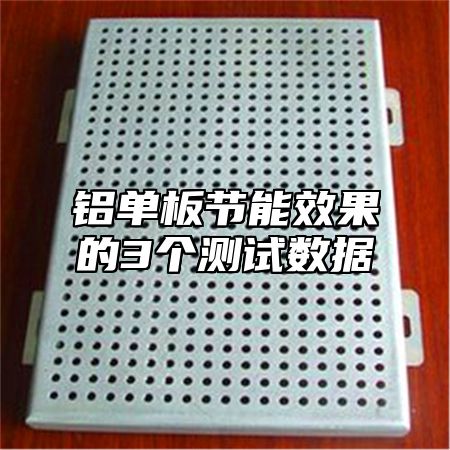
Aluminum veneerAs a new type of building material, it has many unique advantages and characteristics, one of which is its excellent energy-saving effect. Next, we will introduce three test data on the energy-saving effect of aluminum veneer.
1. Thermal conductivity test data
Thermal conductivity refers to the ability of a material to transfer heat and is an important indicator for measuring its thermal insulation performance. According to relevant test data, the thermal conductivity coefficient of aluminum veneer is relatively low, generally between 0.1-0.2 W/(m · K). This means that aluminum veneer has good performance in insulation and heat preservation, which can effectively prevent the exchange of indoor and outdoor temperatures, reduce energy consumption and energy consumption.
1. Sunshade coefficient test data
The shading coefficient refers to the reflectivity of a material to solar radiation and is an important indicator for measuring its shading performance. According to relevant test data, the shading coefficient of aluminum veneer is generally between 0.8-0.9. This means that aluminum veneer can effectively block solar radiation, reduce indoor temperature rise, thereby reducing the frequency and power consumption of air conditioning, achieving energy-saving effects.
1. Heat transfer coefficient test data
The heat transfer coefficient refers to the ability of a material to transfer heat and is an important indicator for measuring its thermal insulation performance. According to relevant test data, the heat transfer coefficient of aluminum veneer is relatively low, generally between 0.04-0.1 W/(m · K). This means that aluminum veneer has good performance in insulation and heat preservation, which can effectively prevent the exchange of indoor and outdoor temperatures, reduce energy consumption and energy consumption. Aluminum veneer can also utilize its thermal conductivity to balance indoor and outdoor heat, further improving energy efficiency.
Aluminum veneer has good energy-saving effects and can effectively reduce the energy consumption and cost of buildings. The above three test data indicate that aluminum veneer performs well in insulation, shading, and heat transfer, making it a very suitable decorative material for modern buildings. In the future, with people's increasing demand for energy conservation and environmental protection, it is believed that the application scope of aluminum veneer will become more and more extensive.

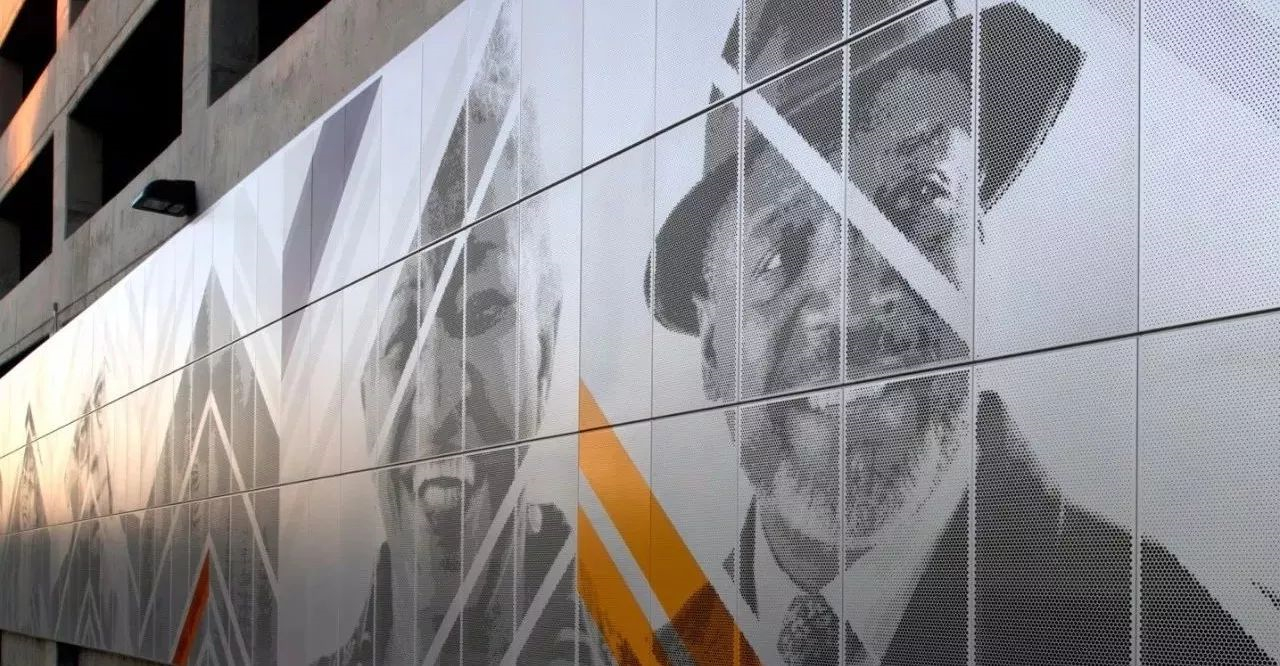
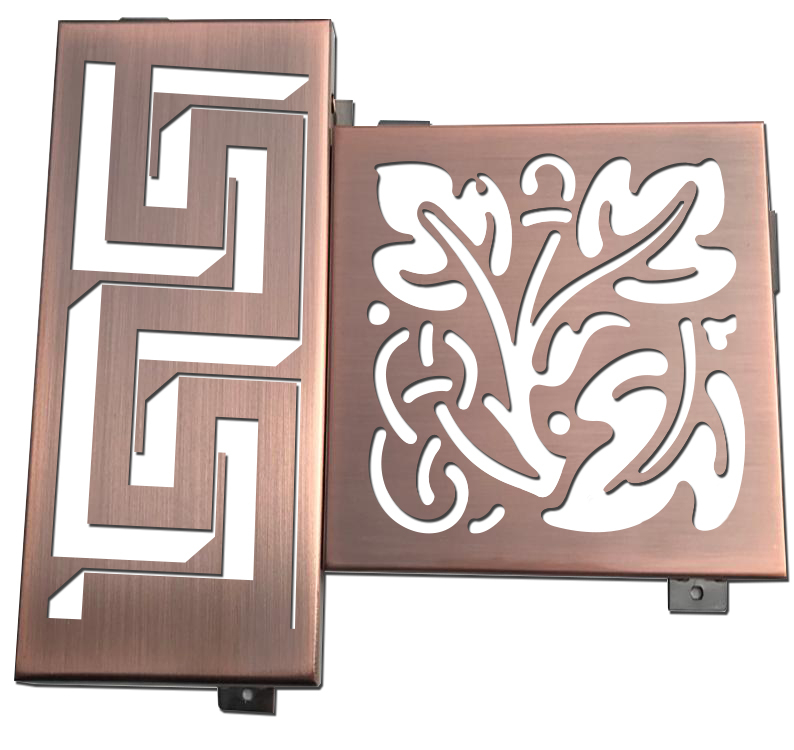
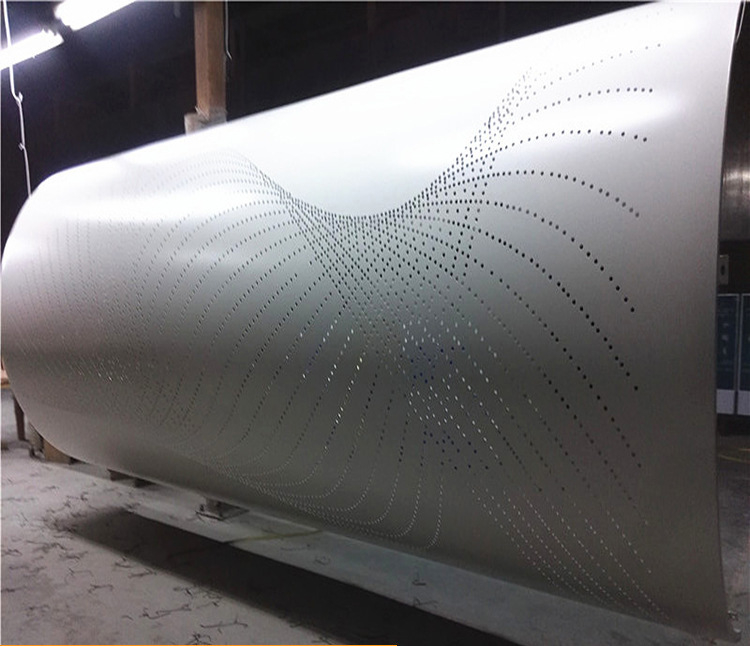
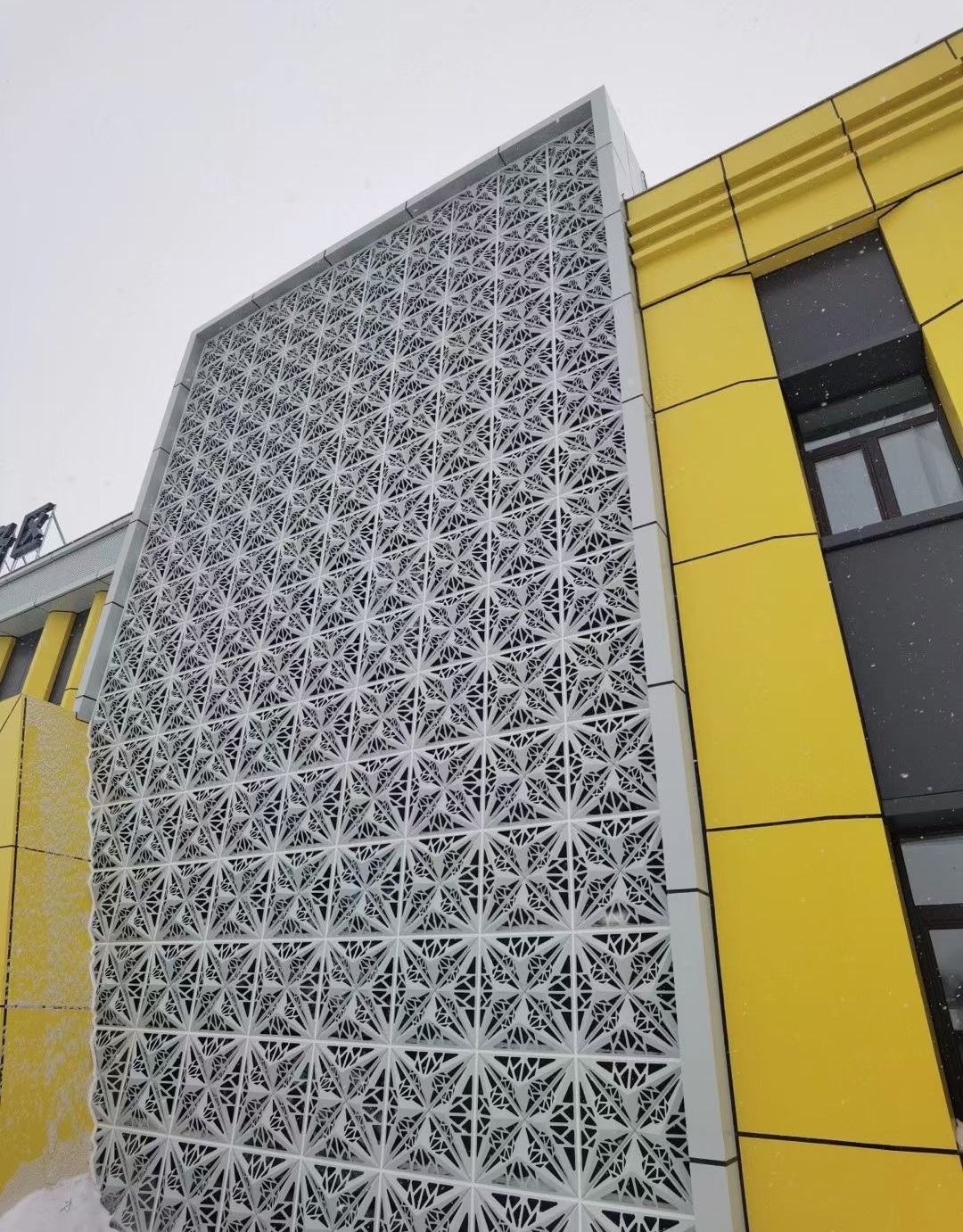
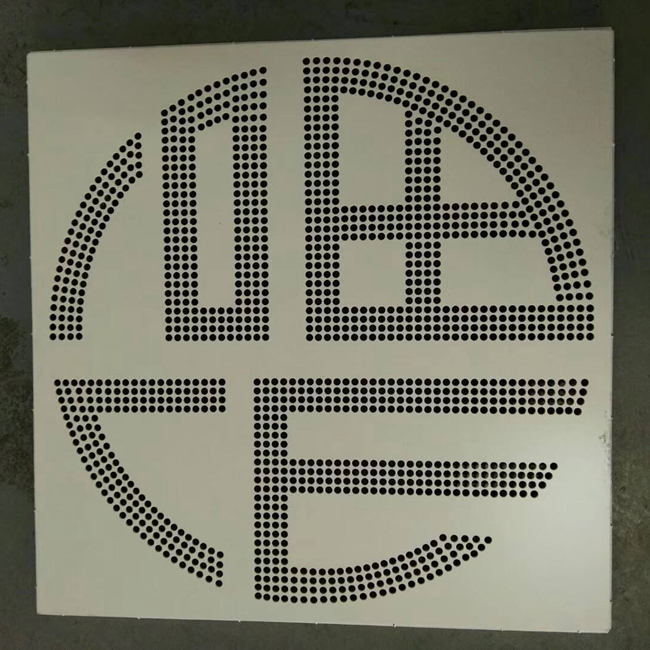
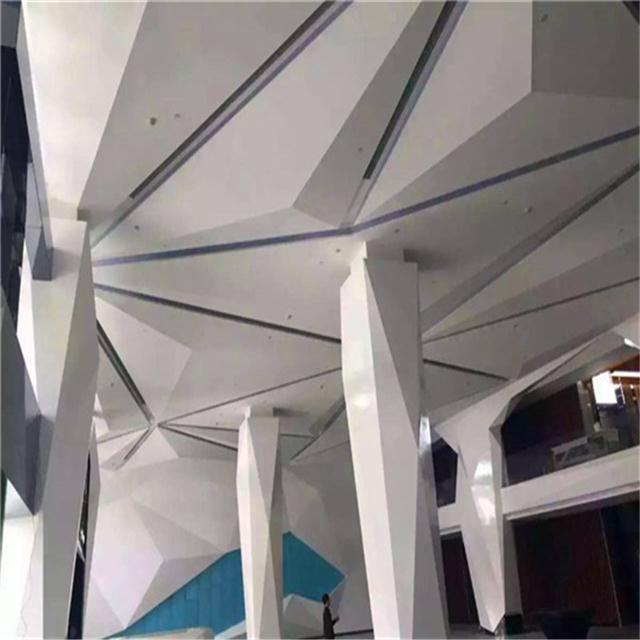
 Customer service QQ
Customer service QQ